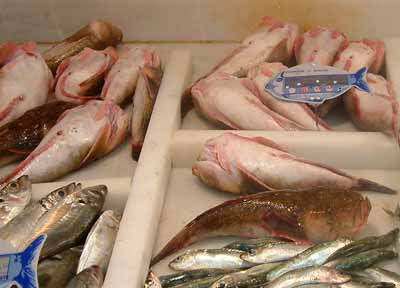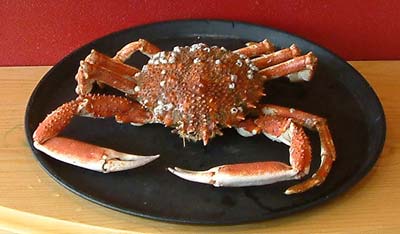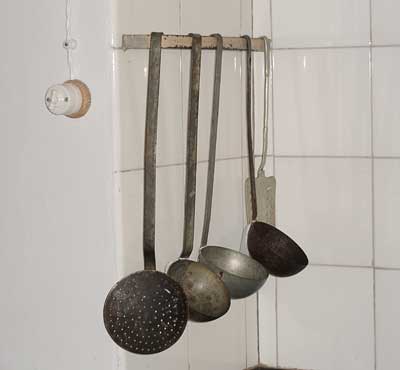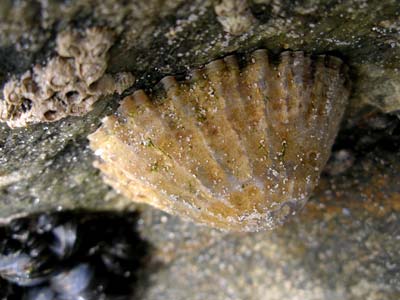
"Spider." A local southern French name for a type of weever (vive), a marine fish with poisonous spines. Types include vive rayée (‘striped’), and vive araignée.
"Spider." Beef cut. A muscle in an ox that lines the socket of the hock bone. The membrane which covers it is streaked with veins reminiscent of a spider’s web. A highly prized delicacy which is rarely for sale. Best eaten grilled. It is also a name for a weever, a marine fish.

"Spider." A local southern French name for a type of weever (vive, aragno), a marine fish with poisonous spines. Types include vive rayée (‘striped’), and vive araignée. It is also a name for a cut of beef.

"Spider (of the sea)." Spider crab. This is a crab with little meat but what it has is well-flavoured. It has a large, oval spiked body and long, thin spidery legs, hence its name.

Skimmer. A large, flat perforated spoon with a long handle. It is used for skimming sauces and stocks. Araignée à friture is also a basket made from galvanised wire can be used for lifting fried foods from the oil or fat.

Spider crab. This is a crab with little meat but what it has is well-flavoured. It has a large, oval spiked body and long, thin spidery legs, hence its name.
A very productive variety of red wine grape grown primarily in Languedoc-Roussillon in southern France from which a low grade red wine is produced. It is used for blending in France and California.

Limpet. A conical, univalve shellfish. These they may be cooked by washing them and then boiling them for about 5 minutes in seawater (or heavily salted water) is recommended. They have a small amount of meat and it is inclined to toughness, like a lot of those things that cling onto rocks. Alternatively the meats can be dug out and used in fish stews or chowders or in sauces to garnish other fish.